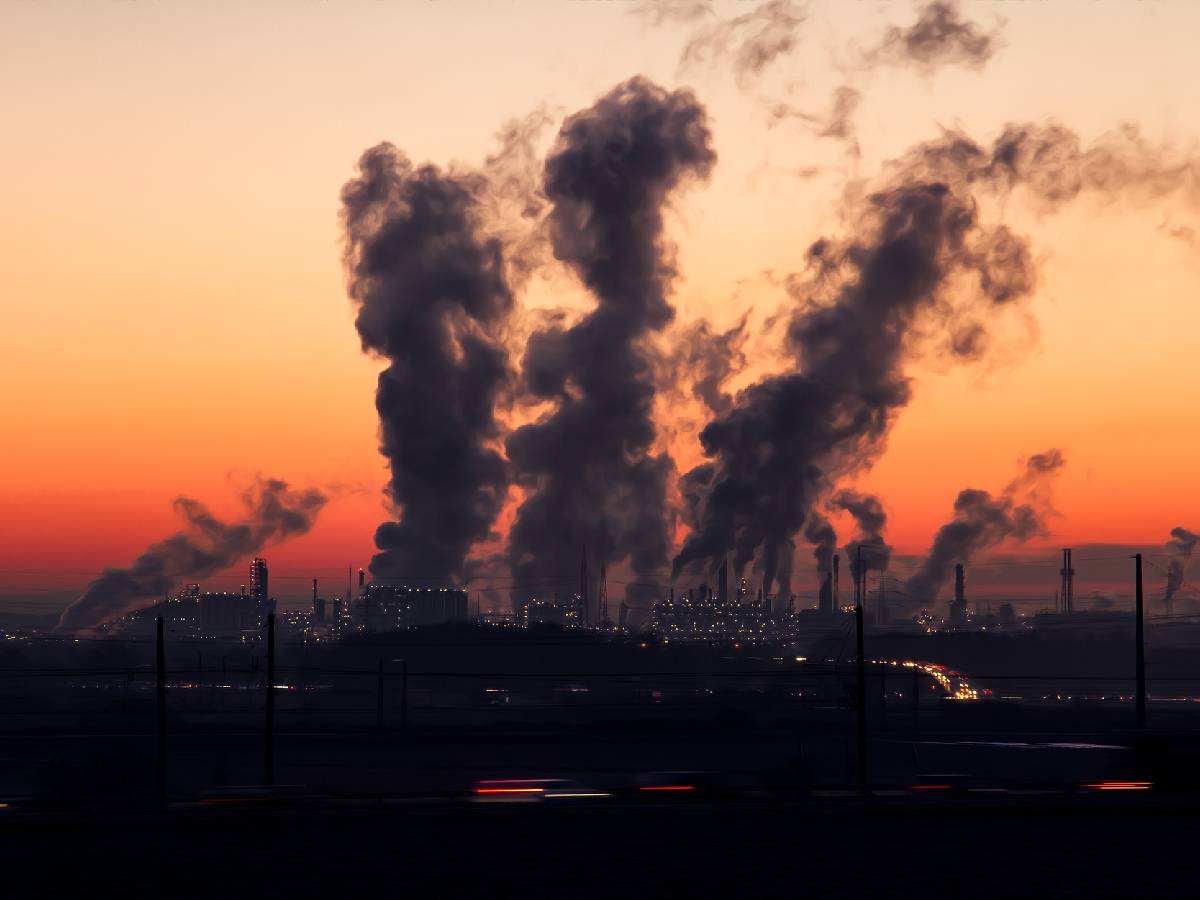India's Air Pollution Crisis: The Need for Technological Intervention

New Delhi, India - As the country grapples with a population of over 1.3 billion people, air pollution has become a major concern. With the National Clean Air Program (NCAP) launched in 2019, India is taking steps to combat this issue, leveraging cutting-edge technologies to improve air quality.
Air pollution levels have skyrocketed in recent years, far exceeding safe limits set by regulatory bodies like the Ministry of Ecology. A study published in 2015 revealed that ambient fine particle matter pollutants caused over 4.2 million deaths worldwide. However, with advancements in technology, the fight against air pollution is gaining momentum.
The ERICSON Mobility Report highlights its potential impact on reducing greenhouse gas emissions by up to 15% by 2030 through ICT solutions such as Internet of Things (IoT). IoT applications can be applied to various sectors including transportation, electricity grids, manufacturing, agriculture, and land use, showcasing the vast possibilities for reduction.
Innovative Technologies Making a Difference
Renewable Energy: Harnessing solar, wind, and hydro power is revolutionizing air pollution control. Solar energy has tremendous potential in India, making it an ideal solution for energy generation. Wind farms are also gaining traction, particularly by coastal regions, reducing dependency on traditional energy sources.
Electric Vehicles: An alternative to petrol-diesel vehicles that burn harmful pollutants in the atmosphere, electric vehicles have no tailpipe emissions, including hazardous gases. Regenerative braking and charging convert kinetic energy into electricity to power batteries, enabling more efficient transportation.
Multi-Pollutant Monitoring Devices: While not directly reducing air pollution, these advanced devices analyze pollution sources, monitoring emission limits for multiple pollutants. They help regulatory bodies track down polluting industries or vehicles, fostering improved governance mechanisms.
Scrubbers: Scrubbers effectively remove hazardous particles and gases from industrial exhausts using wet and dry technologies. Wet scrubs utilize water absorption while dry scrubs involve dry reagents, significantly improving efficiency.
A Turning Point for Air Quality Control
India's technological revolution in combating air pollution is on the cusp of success, promising a cleaner future for its citizens. Governments and industries alike are embracing cutting-edge solutions to optimize emission reduction, mitigate environmental damage, and build more sustainable environments.
As the quest for better air quality gains momentum, innovation will continue to be at the forefront of air pollution control efforts in India and globally, unlocking new horizons for eco-friendly living and sustainable development.
